When I saw an entire freezer full of Impossible Burgers at a local Grocery outlet, I did a double take. I had not imagined seeing them on sale there – especially at a price of $2.50 per pack, each containing two of the plant-based burgers from Impossible Foods (compared to a regular price of $6). I’ve been vegetarian since I was 15, so I’ve eaten my fair share of meat substitutes but had not yet tried the Impossible Burger. Over on the Green Stars Project I’ve evaluated some of these substitutes, including Tofurky, Quorn, Beyond Meat, No Evil, and good old tofu.
A few vegetarian friends said that they’re not that interested in Impossible Burgers because they are too similar to meat. I do like some meaty things like Beyond Sausages, reviewed here previously, so I had an open mind.
How to cook Impossible Burgers
After thawing a pack of burgers, I cooked one in a preheated pan, coated with a very small amount of olive oil, for about 4 minutes per side until the middle looked cooked (viewed from the side). I can see why vegetarians/vegans may not be interested in this style of meat substitute – it is very like meat in taste, texture, smell, and even the way it cooks, turning from red to grey and then brown. After cooking, I had to smother it with ketchup and dill to give it a different flavor because on its own it just wasn’t appealing to me. With these additions, I thought the burger wasn’t bad and can certainly imagine people who love the taste of meat loving them. That was, after all, the whole goal of the company – to replicate the experience of meat in order to combat climate change.
I also tried making a burger into breakfast sausages (I did this for the Beyond Meat burger too), by mixing herbs and spices into the burger and then forming it into four small sausages. I added a lot of herbs and spice – around two tablespoons of herbs (sage, thyme) and spices (paprika, mustard, fennel seed) into that one little burger. The sausages weren’t bad, but not as good as the breakfast sausages that I made from the Beyond Meat burger.
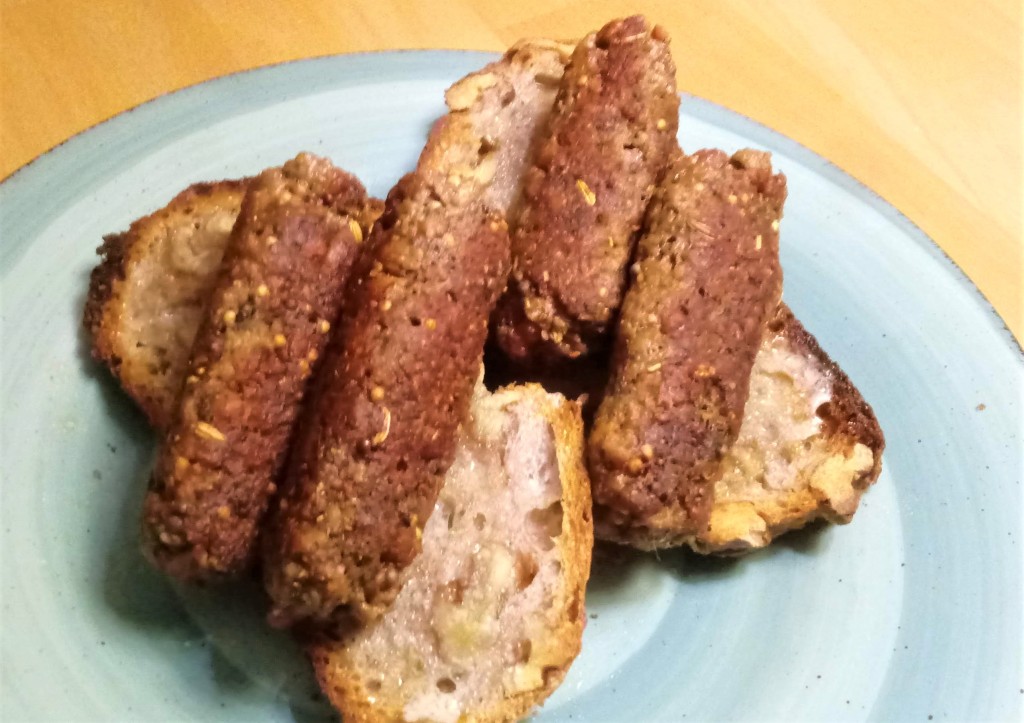
Impossible burger versus Beyond Meat burger
The Grocery Outlet is also currently selling Beyond Meat burgers at a steep discount, so it’s a good time to try out these two products and compare them. That’s exactly what I did, and here’s a summary:
- As a vegetarian, I prefer the Beyond Meat burgers to the Impossible Burger, simply because the Impossible Burger tastes too meaty to me and I think that the Beyond Meat burgers have a more nuanced flavor.
- However, if you’re used to eating meat then you may prefer the Impossible Burger – I’d recommend trying both.
- In both cases I add a lot of dried dill and organic ketchup, along with tomato, napa cabbage, etc., to my burgers, particularly for the Impossible Burger, where I feel the need to mask the overly meaty flavor.
More about Impossible Foods
You may know the story already – Pat Brown, longtime vegan and professor of biochemistry at Stanford University, decided that the best way to combat climate change is to develop a plant-based meat substitute that would motivate consumers to move away from eating meat. That’s not new, but his research did turn up new ideas for making meat substitutes meatier. A key factor that gives meat its distinctive taste is hemoglobin – that iron-containing molecule that carries oxygen through our bodies, making our blood red. Dr. Brown didn’t imagine himself starting a food company but he came to the conclusion that it was the logical course of action if he wanted to use his biochemistry skills in the most effective way to mitigate climate change.
To make their vegan burger, Impossible Foods selected a plant-based substitute for hemoglobin known as leghemoglobin – it’s an iron-containing, oxygen-carrying molecule that’s found in the roots of legume plants. Impossible Foods makes leghemoglobin in yeast cells, by a process that’s not that different to making vegetarian rennet or insulin. So it’s a vegan product, although there was some controversy in the vegan community as the novel leghemoglobin product had to be tested in animals. Pat Brown issued a statement about that.
Impossible Burger – ingredients
The Impossible Burger that has been on shelves since 2019 is actually the second version of the product: Impossible Burger 2.0. The big difference is that the main ingredient was switched from wheat protein (gluten) to soy protein. More specifically, Impossible Foods sources genetically modified soy that’s engineered to be resistant to glyphosate.
Here are the ingredients in Impossible Burger 2.0:
Water, Soy Protein Concentrate, Coconut Oil, Sunflower Oil, Natural Flavors, 2% Or Less Of: Potato Protein, Methylcellulose, Yeast Extract, Cultured Dextrose, Food Starch Modified, Soy Leghemoglobin, Salt, Mixed Tocopherols (Antioxidant), Soy Protein Isolate, Vitamins and Minerals (Zinc Gluconate, Thiamine Hydrochloride (Vitamin B1), Niacin, Pyridoxine Hydrochloride (Vitamin B6), Riboflavin (Vitamin B2), Vitamin B12).
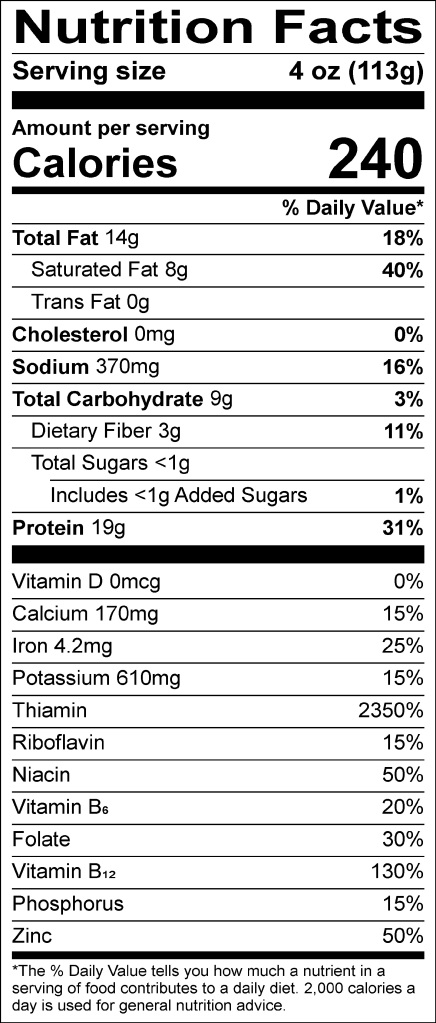
The Center for Food Safety (a San Francisco based nonprofit) filed a lawsuit last week, challenging the FDA’s approval of leghemoglobin, and it’s certainly true that humans don’t have a history of eating this molecule as it’s mainly limited to legume roots. However, is it any more risky than the artificial colors and preservatives found in other processed food items – or than meat itself, for that matter?
Genetically modified (GM) ingredients in the Impossible Burger
If you’ve been paying attention, you’ll have noticed that two of the ingredients in Impossible Foods’ latest burger are genetically modified (GM): the yeast that makes the leghemoglobin and the soy plants that supply most of the protein for the burger. This will really require a whole separate post (probably over on the Green Stars Project) but here’s my quick take on it: I don’t have a problem with the GM yeast – it’s the same technology brought us vegetarian versions of rennet (for making cheese) and drugs like insulin (which was sourced from pigs before the yeast was developed). I do have an issue with the GM soy, and I’ll briefly explain why.
I don’t fear GM soy from the perspective of the gene itself – as a molecular biologist I know that the DNA editing in itself isn’t usually a big risk. I’m also not too worried about traces of glyphosate in the soy that Impossible Foods uses – here’s a summary of that issue. (I do, however, think that glyphosate levels in some foods warrant concern.)
What does concern me is the form of agriculture that goes hand in hand with the GM soy – usually referred to industrial agriculture. It involves the systemic use of increasing levels of glyphosate, a broad spectrum herbicide that kills all plant life, in combination with neonics, a class of insecticide known to harm bees. It also involves the worldwide use of a crop that lacks genetic diversity, coupled with control of the seeds, herbicide, and insecticide by a handful of corporations (e.g., Bayer Corp., which now owns Monsanto). But it’s more complex and nuanced than just those points so I’ll post a link to a detailed discussion of this when it’s published on the GSP.
Impossible Foods versus Kite Hill
Pat Brown is also a founder of Kite Hill, which produces a range of dairy alternatives that are made from cultured almond milk. I previously reviewed Kite Hill butter here on Ethical Bargains, having bought it at the Grocery Outlet. So, with a founder in common, I thought it would be mildly interesting to briefly compare my impressions of Kite Hill and Impossible Foods
I found Kite Hill’s vegan butter to be a very good butter substitute and have continued to use it, including for pastry. Like the Impossible Burger, it’s a very good reproduction of the original animal-based version. I ended up giving Kite Hill an ethical rating of 3.5 Green Stars as a balance between being a vegan product but falling a bit short on some sustainability metrics. For example, the Kite Hill container should be made from post-consumer recycled plastic instead of virgin PET and the company should be more transparent on corporate responsibility and ingredient sourcing. Impossible Foods is doing a better job on two out of three of these issues, which I’ll highlight in the ethical review.
Ethical rating for Impossible Burger
Here’s a summary of how I feel about the social and environmental impact of Impossible Burger 2.0, which I’m scoring 3/5 Green Stars.
- It’s a vegan product, playing an important role in changing humanity’s eating habits by being, perhaps, the most meat-like burger to date.
- The newest version of the Impossible Burger has a carbon footprint 89% smaller than a beef burger and also uses 87% less water, 96% less land, and cuts water contamination by 92%. – Data from Quantis. This is similar to the impact of other meat alternatives, e.g., products from Beyond Meat, Quorn, etc. To put it into perspective, most protein-rich plant foods such as peas, beans, etc., have even better numbers.
- The packaging consists of a container that’s made from post-consumer recycled PET, a plastic film (to keep the heme from oxidizing), and a label made from polypropylene (why did they not use card for this?).
- In Impossible Foods’ 2020 Impact Report, you can read about how the company has started initiatives on many issues, from waste minimization and food bank donations to gender and racial equality.
- Most of the impact report describes fairly new initiatives rather than actual results, so it’s all early stage. One initiative that I do find exciting is to attempt recycling of the water (by reverse osmosis) that comes from their yeast/leghemoglobin fermentation. Success with that could be a big step forward in sustainability for the biotech industry.
- What’s lacking in Impossible Foods’ reporting is meaningful information about the company’s sourcing of the main ingredients: soy, coconut, and sunflower.
- On that note, by far and away my biggest problem with Impossible Foods is the use of industrially farmed soy and sunflower. I’m hoping that this is done for mainly economic reasons (Pat Brown stated that pricing is their biggest challenge) and that perhaps they will bring out a version 3.0 made from sustainably-farmed ingredients. Even if they sourced soy and sunflower that’s not treated with neonics, this would be a start.
Considering the points above, Impossible Foods does deserve credit for creating a meat substitute that has fooled food critics and won over many meat eaters. Right now it’s an Imperfect Burger rather than an Impossible Burger, until the ingredient sourcing changes, but it’s still a whole lot more sustainable than a beef burger.
Don’t forget that if you do eat meat, you’re most likely dealing with animals that were raised on GM soy and corn, thus combining the issues of industrial agriculture with even the larger ethical and environmental problems of the meat industry. So, although imperfect, the Impossible Burger is definitely an improvement on meat (just not as high-scoring as Beyond Meat burgers, in my opinion).
Summary scores (out of 5) for Impossible Burgers:
- 3.5 gold stars for quality and value – that’s very subjective and will depend on how much you like the meaty taste.
- 3 green stars for social and environmental impact.
I expect that there will be many different opinions on this product. Please share your rating in a comment below!

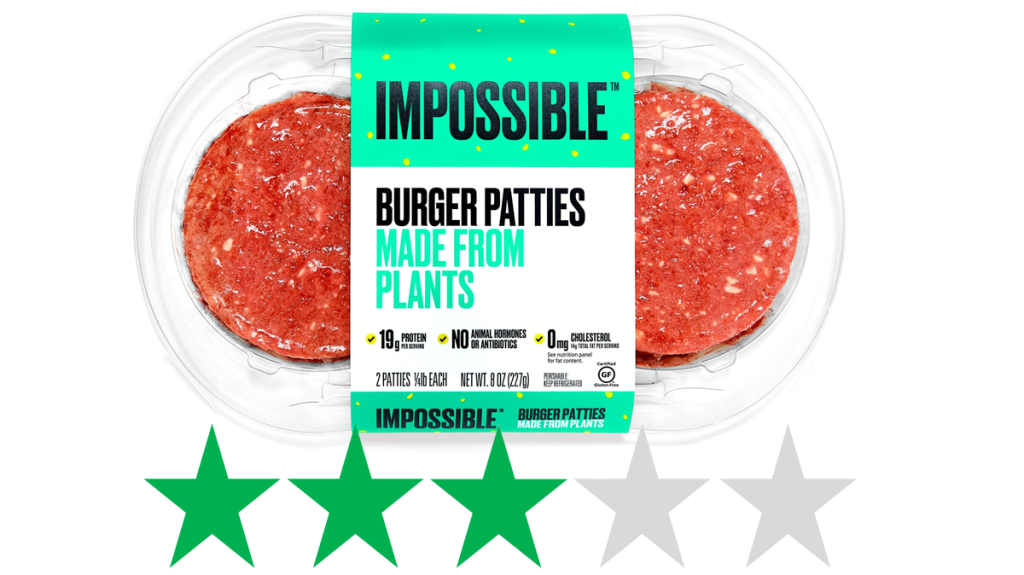
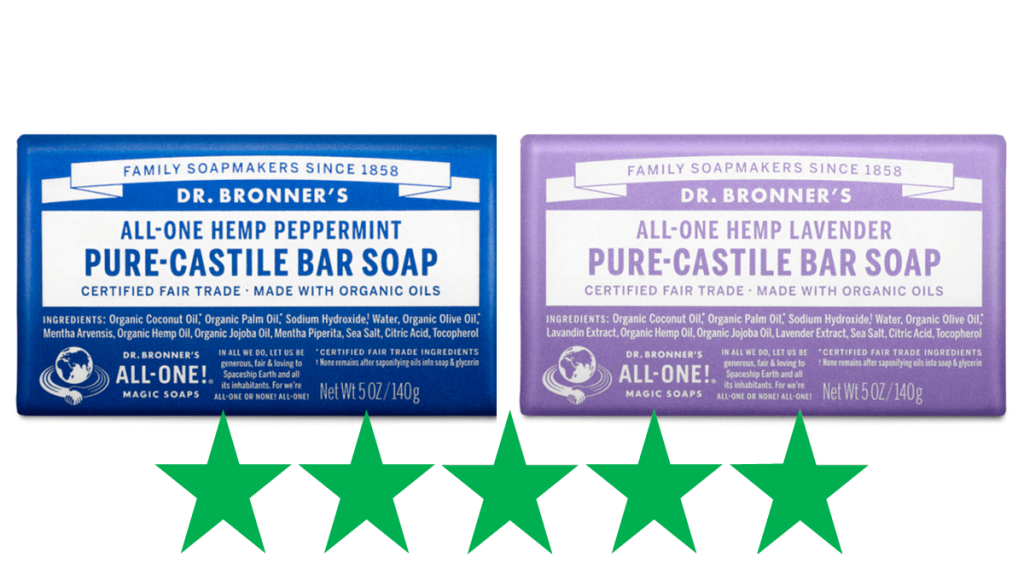
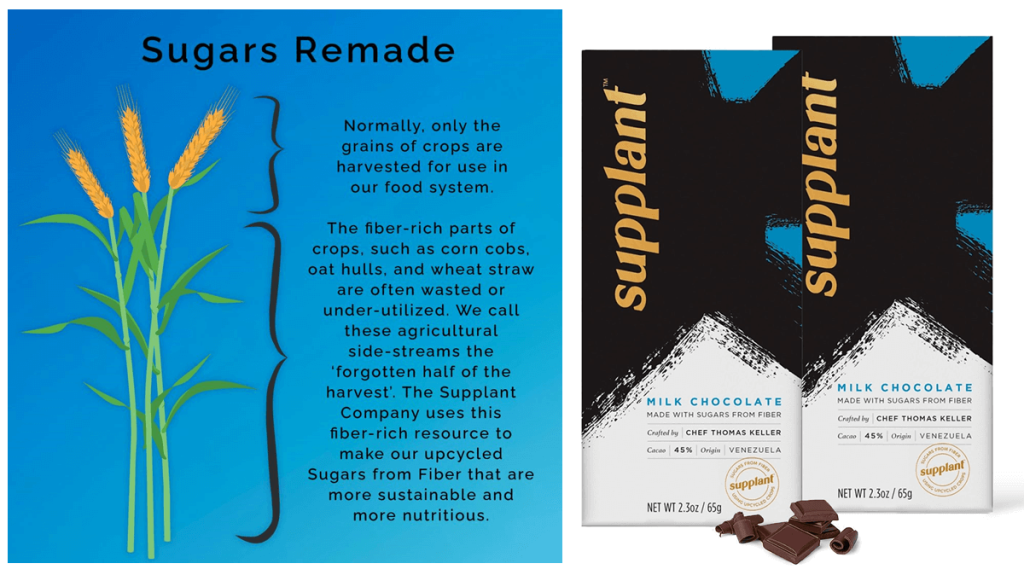
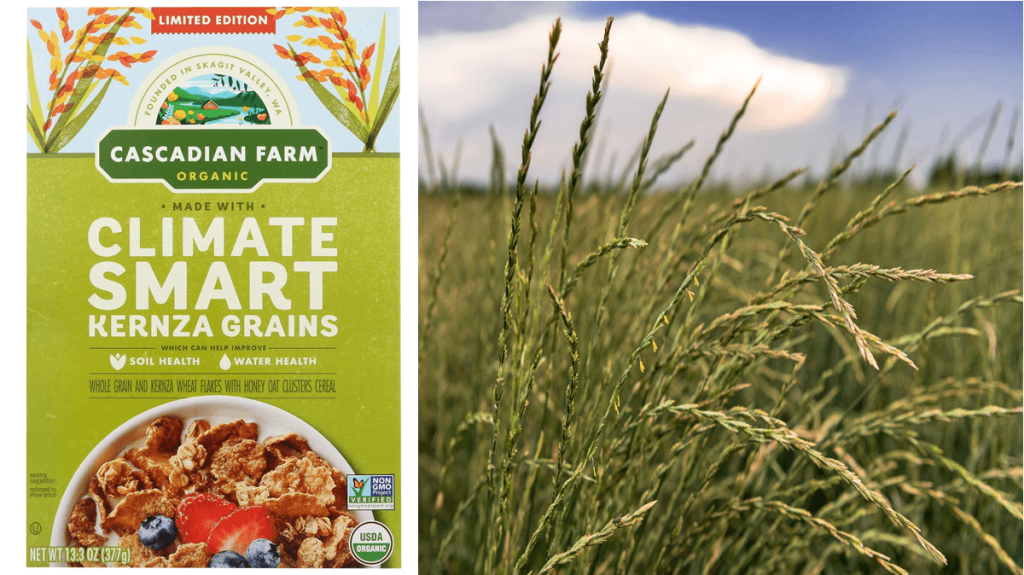
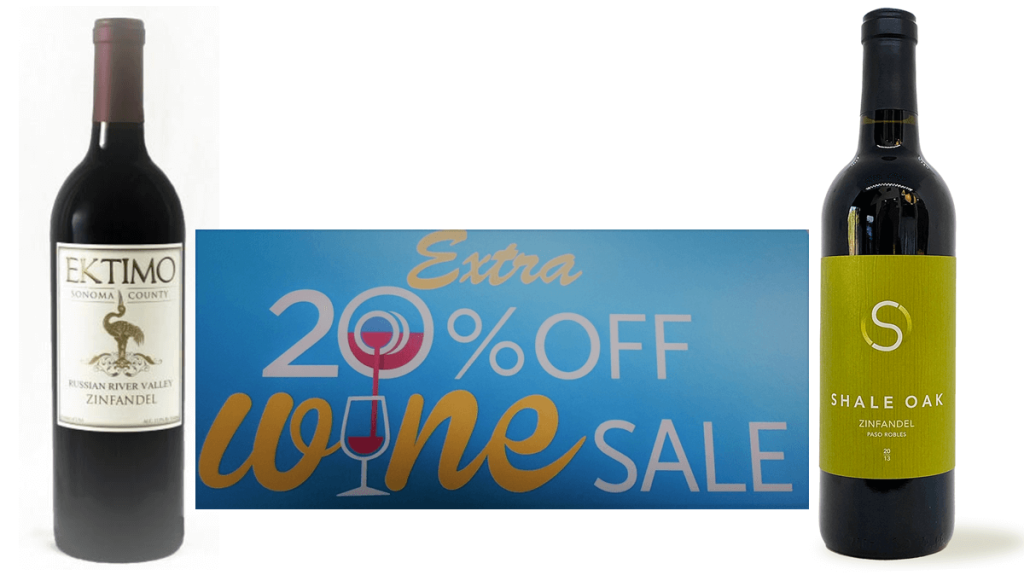
Leave a comment